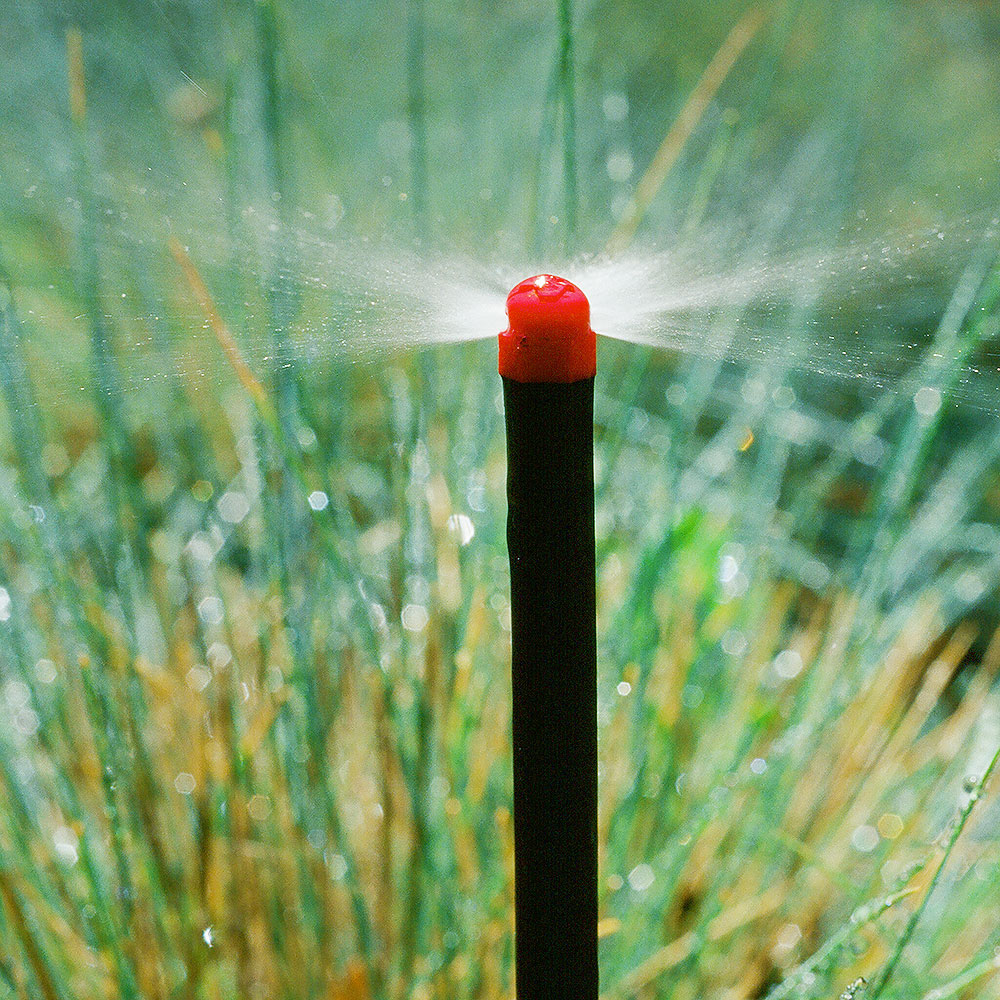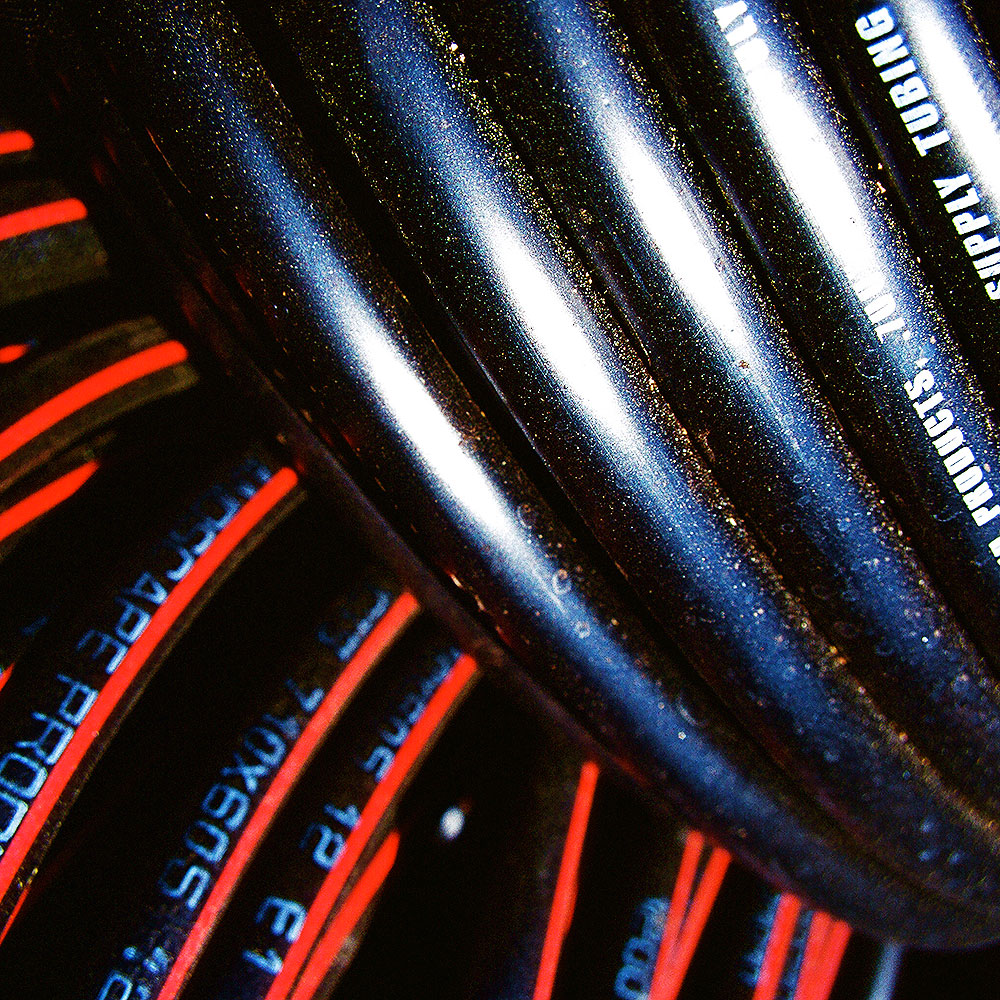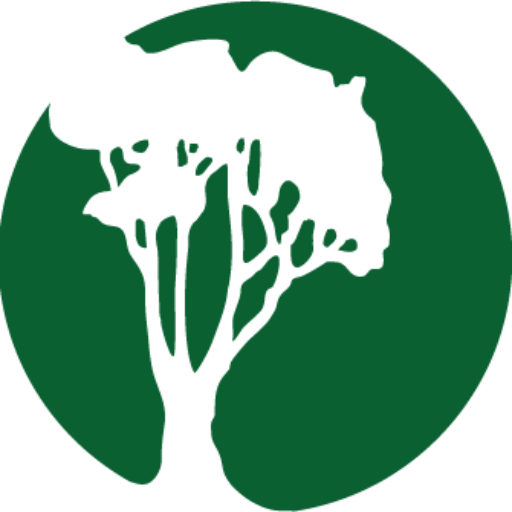Water Conservation
Most landscapes are going to need some supplemental water to remain healthy and attractive. The keys here are strategy and efficiency. Strategy refers to how management of a landscape utilizes all available resources. Efficiency describes how well the strategy is implemented. High efficiency also means lower water bills and a healthier garden. Madrone Landscape has been designing, installing and maintaining high quality, efficient irrigation and water management systems for over 35 years.
Water-Conserving Design

Plant selection, density, and grouping play important roles, and the key is proper design. Understanding factors such as Climate, soils, exposures, User needs, and expectations, latest available equipment, among others must be considered to ensure an efficient, successful irrigation system. We hold the CLCA Water Management Certification, and the Irrigation Association Irrigation Auditor certification, and are widely known on the Central Coast as landscape water conservation experts. We integrate irrigation considerations into all aspects of our landscape designs, applying the axiom that “Form Follows Function”, and on the water-strapped Central Coast of California, good water conservation is imperative.
Rainwater Harvesting

Rainwater harvesting is the accumulating and storing of rainwater collected from the roofs of buildings, houses and other above ground impervious surfaces. It has been used for potable and non-potable in-home use, livestock, irrigation, wildlife, firefighting or to refill aquifers in a process called groundwater recharge. Other means of water reclamation being utilized include the use of greywater and stormwater.
Madrone Landscape has been successfully managing water in these ways for decades. Perhaps a passive system, simply using drainage and bioswales is all you need. Or it could be an active system, utilizing catchment, storage and pumping of captured water makes sense for your project. At Madrone, we are eager to help you manage your precious water for maximum benefit.
Please visit the website of SLO Greenbuild and the Appropriate Technology Coalition, to read more about managing rainwater and greywater.
Water-Conserving Equipment

At Madrone Landscape, we are continually educating ourselves to the best and latest innovative technologies and equipment to ensure that we can make the best use of available resources for the benefit of our clients, the community, and the environment.
- Smart irrigation controllers, which adjust to current weather conditions, as well as run several programs simultaneously, designed for effective hydro-zoning.
- Low flow stream rotary sprinklers, which apply water more slowly and evenly-important in clay soils and windy conditions
- Drip and low flow irrigation. For many landscapes, runoff and uneven coverage are wasting precious, expensive water. As a solution, consider drip and low flow irrigation. Drip is efficient, easy to work with and cheap. It is not perfect. With drip, there are emitter coverage issues, especially in sandy soils and as plant root zones mature and expand. Drip systems are vulnerable to damage. The emitters, pipe, and fittings can wear out, get brittle and break. Pressure variations can be a problem.
Even with these drawbacks, drip and low-flow irrigation often offer the best alternative for irrigating most of the garden most efficiently. It uses only a fraction of the water of spray systems, delivering it to the exact location needed.
But a caution here… Observe your drip system often… not only for the occasional leak but, for effectiveness and efficiency. Keep the emitters applying water to the root zone evenly over time as the plant grows. This will require additional emitters and/or reconfiguring where the water goes. Proper design and installation using current quality equipment can minimize or prevent most problems associated with drip irrigation.
